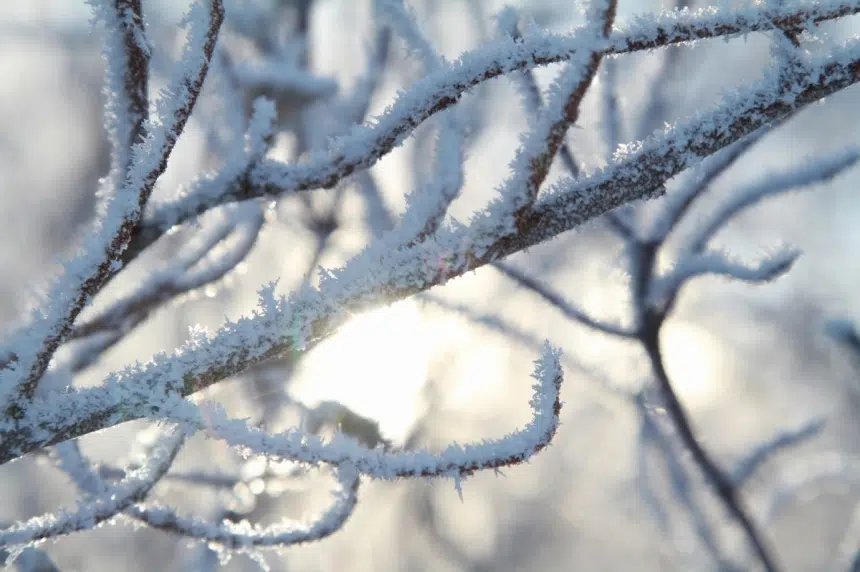It was a frosty start to the week for some people in Saskatchewan.
Peter Derbawka owns an acreage near Speers, located around 55 kilometres east of North Battleford, and was greeted by cool temperatures Monday morning.
“Frost on the windshield—beautiful Jack Frost pattern—and then I realize, I don’t even know where the scraper is,” Derbawka said.
“Started the truck and checked out the garden and it was sad.”
He described the vegetables, which had been left uncovered, as being “flash frozen” and added most of the produce looked “done for.”
“The Swiss Chard—you could crumple it in your fingers; the leaves are all completely frozen,” he said.
Heading into the evening, Derbawka said he noticed temperatures were dipping to 4 C, but didn’t see or hear a risk of frost warning.
Terri Lang, services meteorologist with Environment Canada, said none of the weather stations in Saskatchewan registered below 0 C Sunday night.
One did come close—North Battleford reported a temperature of 0.7 C.
“But that’s just at the weather station. Any low-lying areas in and around probably the Battlefords would have probably registered temperatures below 0 C,” she said.
“Cold air is quite dense and heavy so it tends to flow down into the lowest areas.”
Lang said Sunday night’s conditions weren’t ripe for widespread frost, which requires clear skies, light winds and longer nights—as experienced in fall—to allow for more heat to escape.
It’s not uncommon, however, for frost to occur in parts of Saskatchewan this time of year.
Due to changing weather patterns, Lang said it’s unlikely the province will experience more frost this week.
“There’s weather systems moving through, so that means more cloud, chance of showers, thundershowers and more wind,” she said.
“Wind is sort of the one that mixes with the lower atmosphere and keeps the frost from forming.”
This year seems to be better than last, when the province said frost arrived three weeks early—in mid August—and farmers were concerned for their crops.
People are advised to consider covering plants when temperatures begin to hover in the low plus digits overnight to ensure protection.











